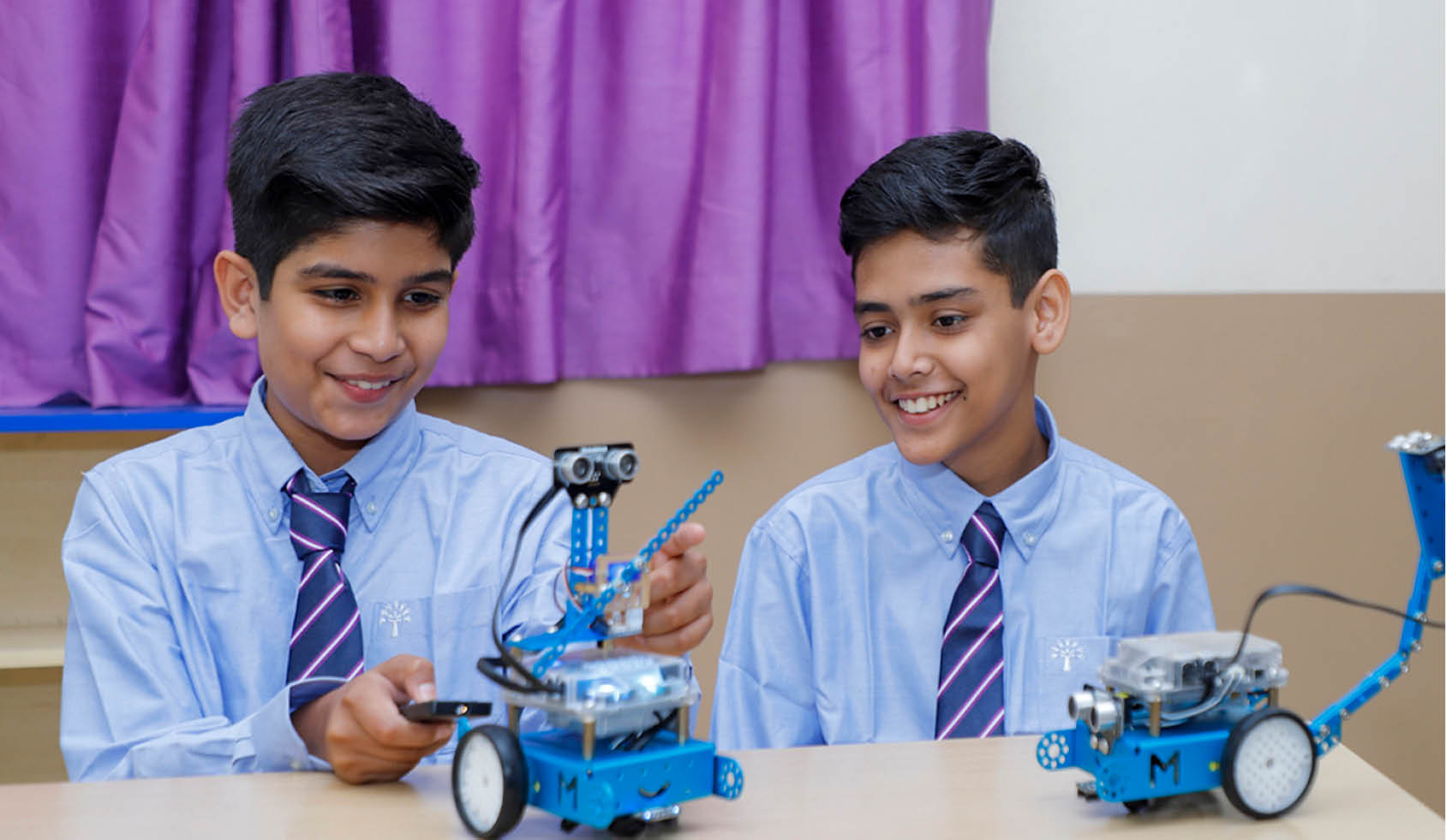Introduction: The Robotics Revolution in Education
Robotics, often synonymous with engineering, has transcended its traditional boundaries, opening many opportunities across various sectors. For students intrigued by robotics but not inclined towards a purely engineering career, this field offers a diverse landscape to explore, innovate, and excel in. Understanding how robotics can enrich students’ career paths outside of engineering sheds light on the multidimensional nature of this dynamic field.
1. Enhancing Critical Thinking and Problem-Solving Skills
Robotics education equips students with critical thinking and problem-solving skills that are highly valued across multiple career paths. Designing, building, and programming robots to accomplish tasks encourages a mindset that seeks solutions through logical reasoning and creativity, skills that are transferable to any profession.
2. Fostering Creativity and Innovation
Creating robots that can perform specific functions stimulates creativity and innovation. Students learn to think outside the box, designing solutions that can be applied in fields such as product design, entertainment, and even creative arts, where technology is increasingly becoming integral.
3. Understanding the Interplay of Technology and Society
Robotics education provides insights into how technology interacts with and impacts society. Students can leverage this understanding in careers like technology policy, ethics in AI, and technology consultancy, where a deep understanding of technology’s societal implications is crucial.
4. Data Analysis and Management
Robotics involves collecting, analysing, and interpreting data to improve robot functionality. These data analytics skills are invaluable in business analysis, financial forecasting, and market research, where making data-driven decisions is critical.
5. Improving Communication and Teamwork
Robotics projects often require teamwork, where students collaborate, share ideas, and communicate effectively to achieve common goals. These interpersonal skills are essential in nearly all career paths, from management and consultancy to education.
6. Robotics in Healthcare and Biotechnology
For students fascinated by the convergence of robotics with healthcare and biotechnology but not keen on traditional engineering roles, careers in medical robotics design, prosthetic development, and even research roles within biotech companies can be rewarding paths to explore.
7. The Arts and Entertainment Sector
Robotics technology is increasingly used in the entertainment industry in special effects, animation, and interactive art. Skills in robotics can open doors to innovative roles in these creative sectors.
Podar Learn School Seoni: A Pioneer in Robotics Education
At Podar Learn School Seoni, we recognise the transformative potential of robotics in education. Our curriculum is designed to introduce students to the fundamentals of robotics, not just as a precursor to engineering but as a multidisciplinary field with vast career prospects. Through our digital classrooms and hands-on robotics workshops, students are encouraged to explore their interests in robotics, fostering skills that prepare them for various careers.
Our approach, rooted in the “Nayee Generation – Nayee Approach” philosophy, ensures that VPL School Seoni graduates are not confined to traditional career pathways. Instead, they are equipped with the knowledge, skills, and creativity to navigate and excel in a rapidly evolving job market where robotics plays a pivotal role across diverse sectors.
Conclusion: Robotics as a Multifaceted Educational Tool Robotics education, emphasising critical thinking, creativity, and interdisciplinary application, prepares students for success beyond engineering. As educators and institutions like Podar Learn School Seoni continue to innovate in teaching robotics, students are empowered to pursue careers that align with their passions, skills, and the changing demands of the global job market.

